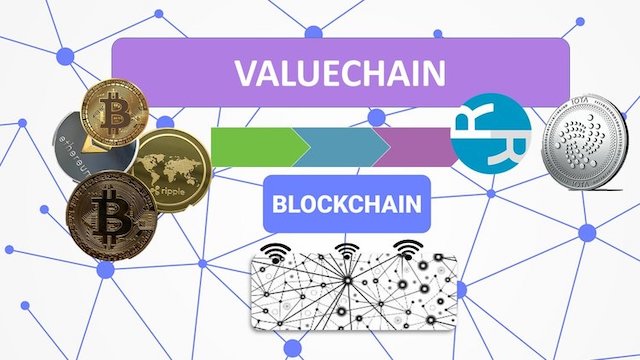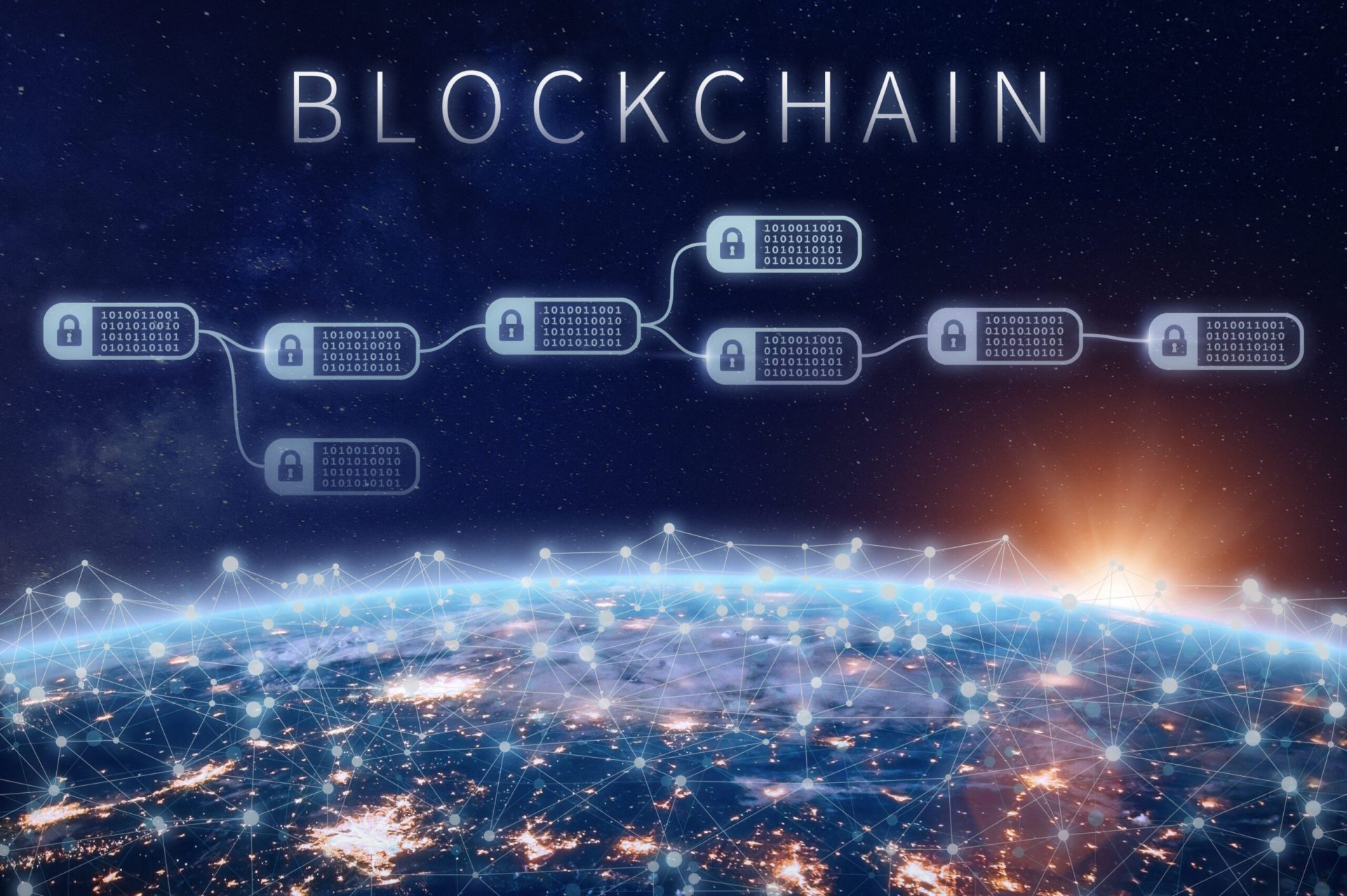Editors Note: DBizInstitute is excited to share this article, written by Dr. Setrag Khoshafian, with our community and in advance of his new book release. Keep an eye on our website as we share additional articles in the coming months written by Setrag, as well as a pending Meet the Author webcast to discuss his new book ‘How to Alleviate Digital Transformation Debt’ expected to air Fall 2021. This article was originally published on CognitiveWorld.com on December 2, 2019.
The decentralized ledger technology (DLT) underlying cryptocurrencies – Blockchain – is becoming a defacto solution for many peer-to-peer applications.
There are plenty of resources describing the underlying algorithms and technologies of “Blocks” and their hash-based “chaining.” But, there is some confusion as to what exactly Blockchain is! While this article will not cover yet another tutorial on Blockchain, I can recommend Blockchain Revolution by Tapscott & Tapscott (the author of Wikinomics) as a helpful resource. If you are a novice in Blockchain, this will be a great place to start.
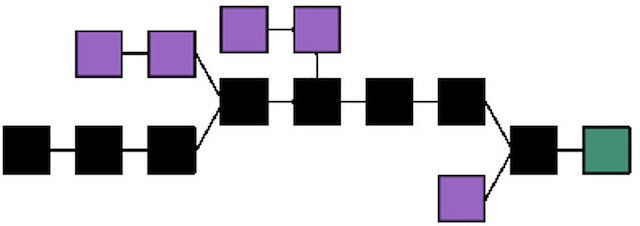
There are various cryptocurrencies and in recent years we’ve seen an explosion of cryptocurrency offerings. Coinmarketcap ranks the top 100 cryptocurrencies with market capitalization. Some of the more popular ones include Bitcoin, Ehtereum, and Ripple. Now, the Blockchain implementations for each of these cryptocurrencies is different; there is no one single “Blockchain.” The algorithms and implementations for block validation (called “mining” in the cryptocurrency world) are different. In addition to the peer-to-peer decentralized and disintermediated recording of transactions, Blockchains also execute Smart Contracts: Smart contracts are the rules and mutual agreements between parties that get executed in the Blockchain.
How? Well, there are specific languages that capture the business rules and business contractual logic. The smart contract programs get compiled into the virtual machine code of the cryptocurrency and execute in its Blockchain. The smart contract language will have its own syntax and semantics and there could be substantive differences among the smart contract languages – with respect to the richness of the execution model, speed, reliability, and security of contract executions. Two of the more popular ones include Atheneum’s Solidity and a relatively new and exciting Smart Contract language called Rholang, pertaining to RChain. The interesting aspect of Rholang is that the execution semantics is a variant of Pi Calculus – the same calculus that underpinned the Business Process Execution Language BPEL a few years ago! In Rholang, processes can send and receive messages on named channels – such as “Address.”
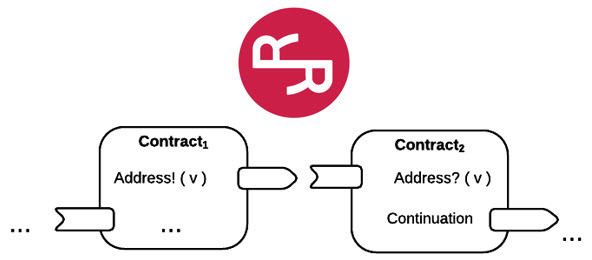
Internet of Value
Blockchain is very much a revolution. It is the engine that empowers the emergence of the Internet of Value. Ripple’s description of Internet of Value is quite good: “value to be exchanged as quickly as information.” The speed of the exchange of value has tremendous implications in many applications: for consumers, industries, and governments. It is not just monetary value. As noted above, Blockchains can also execute business logic through Smart Contracts.
So, we have the Internet of Information (the more traditional Internet – the one we use every day searching for information), the Internet of Things or connected devices that are becoming pervasive, and now the Internet of Value. Through peer-to-peer transactions without intermediaries, Blockchain technology is allowing individuals, as well as organizations, to easily exchange digital money and execute business contracts between trading partners. To better understand the economic value of Blockchain, a good reading is the 2017 article on the Blockchain economy that concludes as follows: “The blockchain and associated technological changes will massively disrupt current economic conditions. The industrial revolution ushered in a world where business models were predicated on hierarchy and financial capitalism. The blockchain revolution will see an economy dominated by human capitalism and greater individual autonomy.”
IoT/IIoT and Blockchain
There is a close affinity between Blockchain and IoT/IIoT. The potential of increasingly intelligent connected devices exchanging value peer-to-peer either autonomously or semi-autonomously is huge. However, it could run into formidable execution challenges with some Blockchain implementations – such as Proof of Work – that are relatively slow and quite wasteful. Consumer IoT, that is becoming pervasive in connected homes, and Industrial IoT, in process and discrete manufacturing, will involve billions of connected devices. Some of these devices will be small and tiny and others will be large robots and turbo engines. There are many conflicting predictions on the number of connected devices or Things. The “traditional” Cisco number was 50 billion devices by 2020 but I have seen numbers as high as 200 billion and even a trillion devices by then. In other words, many! With the complexity of Blockchain validation, there are those who are skeptical about peer-to-peer IoT transactions using at least some of the current state of the art Blockchain technologies. More importantly, there are also Blockchain transaction fees and these could be prohibitive for IoT/IIoT. For these reasons, scale and transaction fees, we are seeing the emergence of a number of alternative solutions targeting specifically IoT/IIoT transactions. IOTA for instance does not have a transaction fee and has its own distributed ledger implementation, called Tangle, that claims to provide a more scalable architecture for IoT.
Valuechains
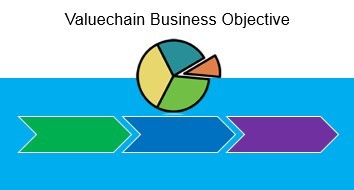
This brings us to Valuechains. The original definition from Michael Porter defines a Valuechain as “a chain of activities that a firm operating in a specific industry performs in order to deliver a valuable product or service for the market.” It does not have to be a ‘firm’. The same concept applies to consumers or any entity that is delivering value. The operating word is value. A Valuechain (aka Valuestream) therefore is an end-to-end business process that orchestrates participants who could be: people, business units, trading partners, and often enterprise legacy applications and connected devices (IoT/IIoT).
To illustrate the relationship of Valuechains to Blockchains and IoT/IIoT, consider this high level three-tier architecture. With connected devices and the increasingly central role of automation especially through a Digital Transformation (DX) platform that supports Digital Process Automation (next generation BPM), a robust pattern is emerging:
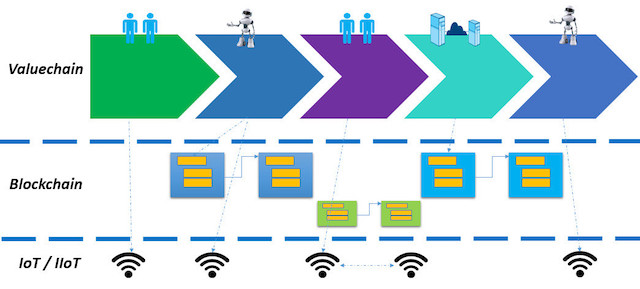
- Valuechain Orchestration Layer: At the top, you have the end-to-end Valuechain that orchestrates and sequences tasks involving people, automated devices, and enterprise applications (aka systems of record) and trading partners. As noted above these could be support business processes such as on-boarding an employee or a contractor in an organization. They can also be mission critica l business processes such as Digital Prescriptive Maintenance, Supply Chain or even end-to-end innovation, manufacturing, marketing, selling, and service. The DX platform supporting the modeling and automation of Valuechains can be deployed on the cloud, on premise (for enterprises) or hybrids. At various steps, tasks or milestones within the Valuechain, Blockchain enabled transactions can be leveraged for either smart contract rules or exchange of cryptocurrencies.
- Blockchain Layer: The middle layer of the three tier architecture is the Blockchain layer. It could involve one or more Blockchain implementations for specific cryptocurrency objectives. The Blockchains will execute either smart contract rules, exchange cryptocurrencies, or both. The tasks or milestones of the end-to-end Valuechain will leverage Blockchain in specific steps: to realize a service level smart contract obligation between parties; or pay a truck driver delivering goods; or track financial transactions. Each of these micro-transactions provides value. But the more impactful value of Blockchain is achieved through the end-to-end Valuechain that addresses often complex mission critical solutions. Both the Valuechain layer as well as the lower IoT/IIoT layer will be leveraging the Blockchain layer. Depending upon the specific task or step being executed, the appropriate Blockchain will be invoked. That decision will typically be made at the Valuechain layer.
- IoT/IIoT Connected Device Layer: The lowest layer will be the IoT/IIoT connectivity layer. Physical and increasingly connected devices are becoming part of the end-to-end value streams. With Blockchain as well as IoT/IIoT edge computing, an added advantage is pushing the execution and the transactions to the edges. This means devices can potentially carry out autonomous or semi-autonomous transactions. These transactions could, for instance, purchase energy directly as needed, or pay the tolls in logistics applications, or even carry out service level business logic locally within the device or within gateways managing multiple devices. Here also the overall Valuechain is managed and automated at the top layer, with IoT/IIoT edge computing transactions delegated to the connected devices – that can leverage Blockchain as needed. The corresponding Blockchain or distributed ledger solutions needs to optimize the scalability and minimize the transaction fees as we noted above.
Conclusion
Tasks or activities within an End-to-End Valuechain as well as entire chains of tasks or activities can leverage Blockchain. From financial transactions to contracts such as service levels or quality, end-to-end Valuechains can be modeled and automated with Blockchain transactions at specific steps. Similar to IoT/IIoT, the road to Blockchain success also runs through Digital Process Automation (DPA).
Examples of Valuechains include support processes such as on-boarding an employee or IT helpdesk. Valuechains can also be mission critical. There are ample opportunities for leveraging Blockchain in Valuechains. Supply chain is particularly interesting as it can involve the highest level Digital Process Automation layer, with Blockchain and IoT connectivity for end-to-end monitoring of the supply chain as a whole. Various smart contracts for service level as well as financial transaction obligations could also leverage Blockchain. In fact, Blockchain can be a promising backbone for security and connectivity in the overall supply chain. Blockchain can be leveraged for asset tracking and asset contracting – all necessary when multiple organizations are involved often across geographical boundaries.
The Blockchain-enabled Internet of Value is really the Internet of Valuechain: It could involve simple transactions or contracts between participants or there could be multiple transactions and smart contracts involved for a specific business objective delivering value end-to-end. The Valuechain is modeled, digitized, and automated through a Digital Transformation platform that supports Digital Process Automation. The Valuechain provides a top-down business value approach while leveraging the tremendous potential of Blockchain as well as IoT/IIoT.
